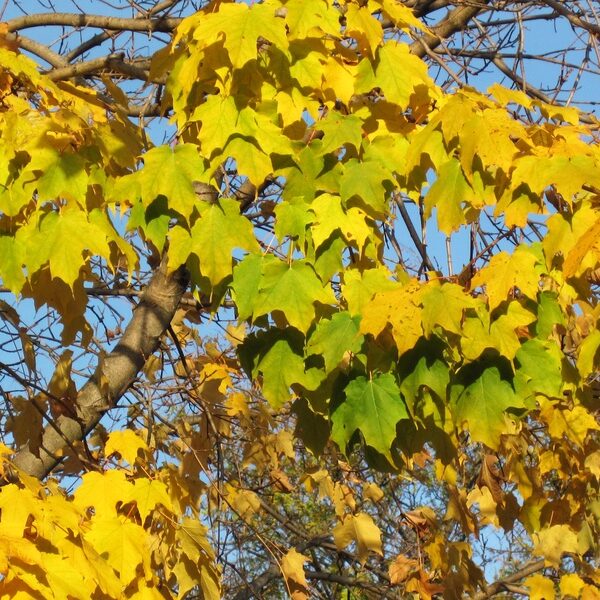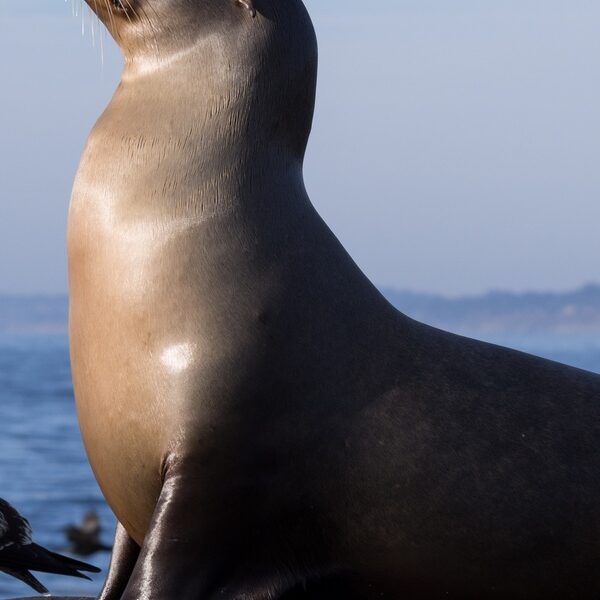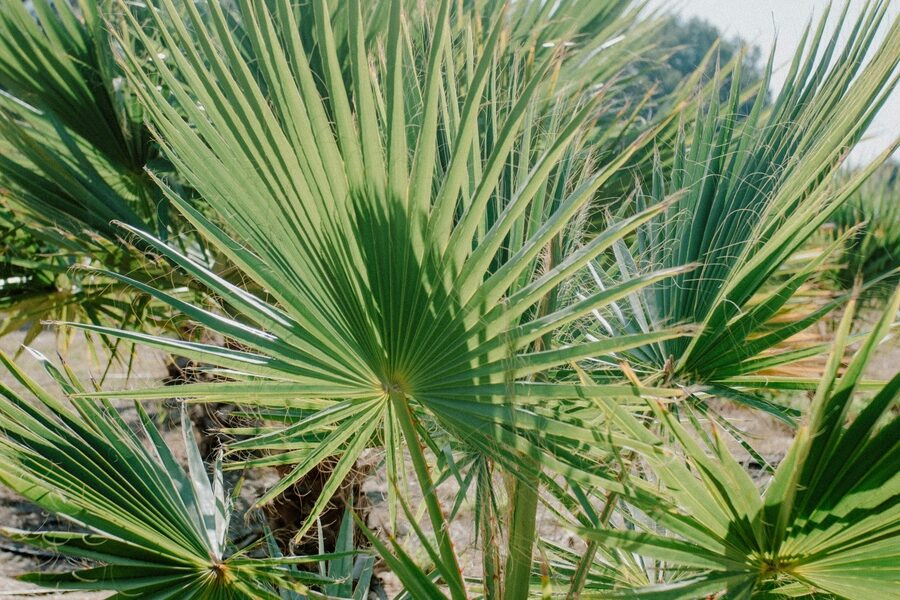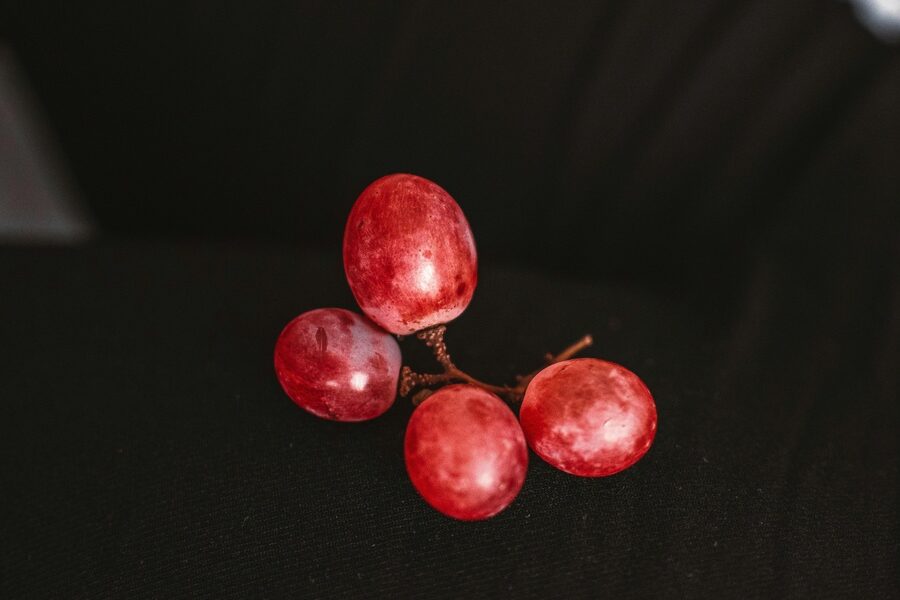In 1878 a naturalist in Borneo described a pitcher so large it could drown a rat — a discovery that helped reveal how wildly different plant life can be from our expectations. That unforgettable image captures why odd plants hold our attention: they rewrite assumptions about mobility, feeding, and form.
This article profiles 12 of the planet’s most unusual plants, explaining what makes each extraordinary, where they live, and why they matter to science, culture, and conservation. Expect concrete facts — size, lifespan, range — and at least one surprising number or date for every entry. The species are grouped into three categories: trappers and carnivores; parasitic and smell-attractors; and extreme survivors and mimic specialists. Along the way you’ll find conservation notes and real-world examples that illustrate how these plants survive and why people value them. Read on with curiosity — and maybe a bit of caution.
H2: Carnivores and Trap Specialists
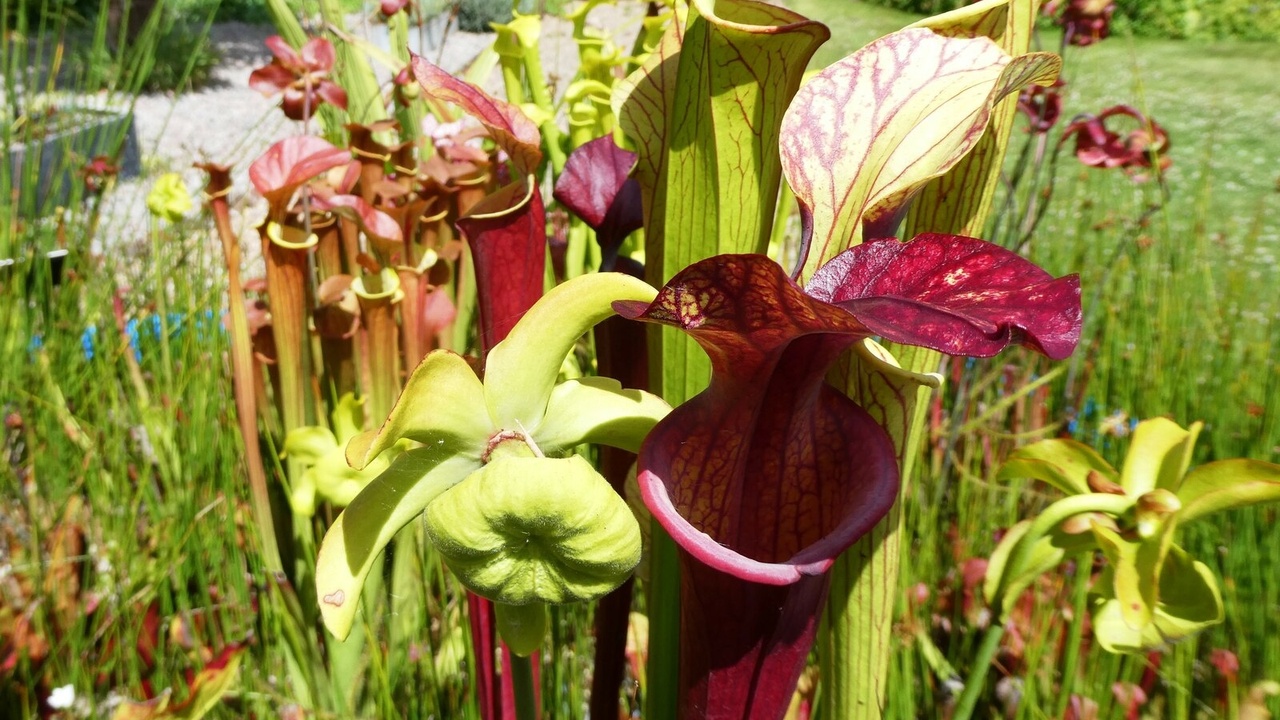
Carnivorous plants evolved where soils are thin or poor in nitrogen and phosphorus, so they supplement root uptake by capturing animal prey. Different lineages converged on three main strategies: rapid snap traps, pitfall pitchers, and adhesive tentacles that glue victims in place.
These trapping methods do more than feed the plants; they influence insect populations and nutrient cycling in bogs and cloud forests. John Ellis’s 1768 description of the Venus flytrap helped put plant movement on the scientific map, and today botanical gardens cultivate sundews and flytraps for research and public education.
Sadly, many carnivores face habitat loss and pressure from collectors. Below are four striking examples that show how trapping strategies vary with environment and evolutionary history.
1. Venus flytrap (Dionaea muscipula) — the snapping hunter
The Venus flytrap’s defining trait is its rapid, touch-triggered snap-trap: two hinged lobes close in a fraction of a second after trigger hairs are touched twice, conserving energy and avoiding false alarms. Naturalist John Ellis described and named it in 1768, drawing immediate fascination from Europe.
Wild plants occur only in a roughly 90-mile-radius region of coastal North and South Carolina where pine savannas and wet pocosins provide acidic, nutrient-poor soils. Botanical gardens worldwide hold thousands of cultivated specimens used for display and study.
Beyond showiness, the species plays a role in local wetland food webs and serves as a gateway species for teaching plant physiology, especially rapid movement. Conservation efforts in the Carolinas include protected reserves and propagation programs that reintroduce tissue-cultured plants to suitable habitat.
2. Nepenthes rajah — the giant pitcher of Borneo
Nepenthes rajah stands out for producing some of the world’s largest pitfall pitchers, each capable of holding roughly 3–3.5 liters of fluid. Those roomy traps occasionally capture small vertebrates as well as large insects, a reminder that carnivory scales up in certain environments.
The plant grows in highland forests on Mount Kinabalu and nearby peaks in Borneo, where cool, misty conditions and nutrient-poor soils favor pitcher evolution. Researchers study rajah for insights into nutrient acquisition and the complex micro-ecosystems that form inside pitchers, including mosquito larvae and specialized bacteria.
Wild N. rajah is rare and protected; international trade is regulated under CITES and many botanical gardens cultivate specimens under controlled conditions. A well-known living specimen in a few international collections draws both scientists and enthusiasts interested in its unusual size and ecology.
3. Cape sundew (Drosera capensis) — sticky, tentacled glue traps
Sundews capture insects with glandular tentacles coated in sticky mucilage. When an insect lands, nearby tentacles can bend in seconds to minutes, increasing contact and digestion efficiency. Drosera capensis is notable for its high capture rates and relatively fast movement among sundews.
Native to South African fynbos and wetlands, the cape sundew is a favorite among hobbyists because it’s forgiving in cultivation and dramatic in classroom demonstrations of plant behavior. Students can watch tentacles respond in real time, making it an excellent teaching specimen.
Ecologically, sundews are indicators of healthy bog conditions and contribute to nutrient turnover in acidic wetlands. Many terrariums and botanical collections maintain Drosera capensis as an educational and conservation-friendly species.
4. Cobra lily (Darlingtonia californica) — a deceptive funnel
Darlingtonia californica, the cobra lily, has a hooded pitcher with translucent “windows” and false exits that confuse insects into deeper chambers. The plant traps prey in cold, nutrient-poor seeps where few competitors thrive.
It is native to northern California and southern Oregon and prefers serpentine-influenced wetlands and cold seeps. Its unusual morphology helps maintain an interior microclimate favorable for digestion in chilly waters.
Cobra lilies are sensitive to habitat changes and are uncommon outside their native range. Conservationists protect serpentine seep habitats and botanical gardens sometimes display live specimens as part of regional conservation programs and research on pitcher microclimates.
H2: Parasitic, Smell-Attractors, and Flower Giants
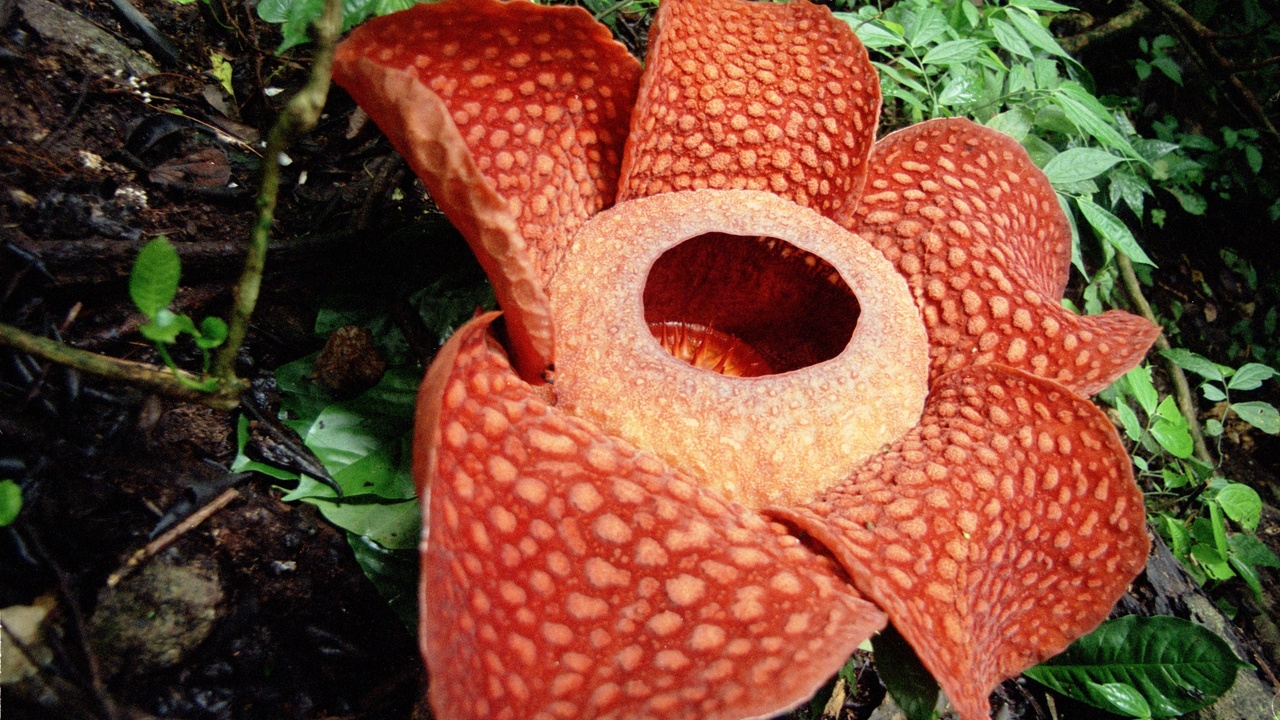
Some plants give up photosynthesis or invest in enormous, foul-smelling flowers to secure pollinators. Holoparasites live inside hosts with no leaves or stems, while giants like titan arum bloom only rarely and broadcast carrion-like odors to attract flies and beetles.
These strategies force us to rethink what a “flower” can be: Rafflesia can reach roughly one metre across, while Amorphophallus titanum inflorescences sometimes exceed 2–3 metres tall. Below are four striking species that use smell, size, or parasitism to get by.
5. Rafflesia arnoldii — the metre-wide corpse flower
Rafflesia produces some of the largest single flowers on Earth, with blooms approaching 1 metre in diameter and occasional weight reports up to about 11 kg. The flower has a reddish, spotted perianth and emits an odor that attracts carrion-feeding flies.
It is a holoparasite with no visible leaves, stems, or roots, living embedded within the roots and stems of a Tetrastigma vine. The host-parasite relationship makes Rafflesia difficult to study and virtually impossible to cultivate outside its native habitat.
Most records come from lowland rainforests of Sumatra and Borneo. Flowers occur unpredictably and are a major draw for ecotourism when they appear; for example, documented park bloomings in Indonesian reserves regularly attract researchers and visitors. Habitat loss and the plant’s low reproductive rate make it vulnerable in the wild.
6. Titan arum (Amorphophallus titanum) — towering and pungent
The titan arum produces one of the world’s largest unbranched inflorescences, commonly exceeding 2 metres in height and occasionally taller. Its central spadix and surrounding spathe create a dramatic, short-lived display that emits strong carrion-like odors to lure flies and beetles.
Native to Sumatran rainforests, A. titanum blooms infrequently and for only a few days. Each publicly announced bloom in major botanical gardens becomes an event; notable cultivated blooms in recent decades (widely publicized by institutions) draw large crowds and media attention.
Horticulturally, keeping titan arum healthy requires patient, controlled conditions and careful dormancy management. Botanists study its bloom triggers, scent chemistry, and pollination biology to better conserve large-flowered species and understand ecological interactions with carrion insects.
7. Ghost pipe (Monotropa uniflora) — the white, non-photosynthetic plant
Monotropa uniflora lacks chlorophyll and survives as a mycoheterotroph, obtaining carbon through fungal partners that connect to tree roots. Its pale, waxy stems and single nodding flowers give it a ghostly appearance in shaded forest floors.
Found in temperate forests across North America and Eurasia, ghost pipe relies on intact mycorrhizal networks. That dependency makes it sensitive to disturbance; removal of leaf litter, soil compaction, or tree loss can break the fungal links it needs to survive.
Researchers have used ghost pipe to study plant–fungus carbon transfer, and naturalists often spot it in old-growth and well-managed woodlands. Attempts to cultivate Monotropa ex situ typically fail because recreating the full fungal and tree network is extremely difficult.
8. Hydnora africana — the subterranean parasite with a stinky bloom
Hydnora africana spends most of its life below ground; only its fleshy, bowl-shaped flower erupts from the soil, emitting a dung-like odor that lures beetles and other pollinators. The flower’s thick tissues and unusual colors make it unmistakable when it appears.
Native to southern Africa, Hydnora parasitizes the roots of shrubs and low trees. Blooming is often seasonal and tied to rainfall patterns, and beetle visitors enter the flower to feed and inadvertently transport pollen.
Hydnora has cultural and ethnobotanical notes: some communities have used parts of the plant medicinally, and regional botanists document occasional flowering events that provide rare photographic and ecological records. Its odd life habit makes it a favorite subject for field botanists.
H2: Extreme Survivors, Mimics, and Unexpected Shapes
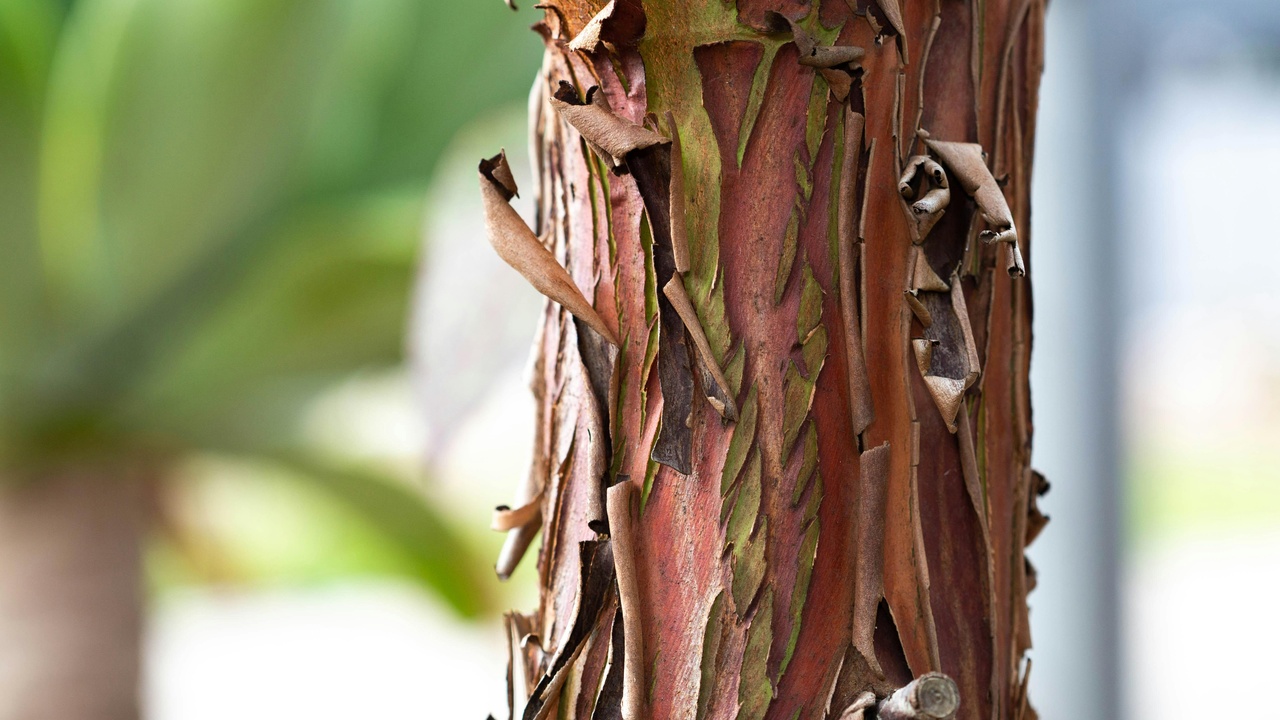
Some plants endure extreme climates or evade herbivores through mimicry, resulting in forms that seem almost alien. Adaptations range from extreme longevity to visual tricks that make a succulent look like a stone.
Consider longevity: Welwitschia specimens commonly live well over 1,000 years, and resurrection plants can revive within hours after years of dormancy. The species below showcase strategies shaped by drought, isolation, and predation pressure.
9. Welwitschia mirabilis — the two-leafed desert survivor
Welwitschia produces only two leaves that grow continuously from a basal meristem, splitting and fraying over time so a single plant may appear as a tangle. Many individuals live well over 1,000 years, making them some of the most long-lived vascular plants known.
Restricted to the Namib Desert of Namibia and southern Angola, Welwitschia survives on fog moisture and sparse rainfall. Its deep taproot and leaf morphology are adapted to harvest moisture from sea fog and reduce water loss.
Scientists study Welwitschia for insights into longevity, stress physiology, and water-use strategies. Protected populations occur in national parks, and guided visits to show well-preserved specimens support local ecotourism and conservation awareness.
10. Baobab (Adansonia spp.) — trees that look upside-down
Baobabs have massive, bottle-shaped trunks and sparse crowns that give the impression of roots pointing to the sky. Many live for centuries; some well-studied specimens have age estimates exceeding 1,000 years, and trunks can reach several meters in diameter.
Across Africa, these trees store water in their fibrous trunks, provide fruit and edible leaves, and play central roles in local folklore and livelihoods. Scientists have used radiocarbon dating to reassess the ages of famous baobabs, revealing complex patterns of growth and decline.
Recent studies highlight conservation concerns as certain iconic baobabs have declined unexpectedly, possibly due to drought and land‑use changes. Famous named trees and community-based protection programs illustrate both cultural value and the need for active stewardship.
11. Lithops — living stones that blend into the landscape
Lithops are small succulents whose paired leaves resemble pebbles, an effective camouflage that reduces herbivory and water loss. Individual plants are typically only a few centimeters across, making them masters of low‑profile survival in rocky habitats.
Native to southern Africa, lithops evolved to match the color and pattern of surrounding stones. They’re very popular in the succulent trade, prized for their variety and compact size, but collectors must respect wild populations and avoid unsustainable harvesting.
In cultivation, growers use low-water, high-light regimes and a sharp, well-draining substrate. Lithops also serve as teaching tools for adaptation and mimicry, illustrating how form can be shaped by predation and microhabitat conditions.
12. Resurrection plant (Selaginella lepidophylla) — survives total desiccation
Selaginella lepidophylla can dry out and remain lifeless for months or even years, then revive within minutes to hours after exposure to water. This dramatic revival is due to desiccation-tolerance mechanisms that stabilize proteins and cell structures during drying.
Native to the Chihuahuan and other arid regions, the plant’s physiology is a model for drought-resilience research. Laboratory rehydration experiments document revival in minutes to a few hours, and researchers study stress-response genes with potential applications for crop science.
As a novelty houseplant (often called the rose of Jericho), it’s widely sold and used in demonstrations of desiccation tolerance. Scientists caution that wild collection should be managed responsibly when populations are harvested for commerce.
Summary
- Plant evolution produces astonishing strategies — trapping animals, parasitizing fungi, mimicking stones, and surviving centuries — all tailored to local resource constraints.
- These unusual species often play outsized ecological and cultural roles, from nutrient cycling in bogs to food and folklore tied to baobabs and Welwitschia.
- Many face conservation threats: habitat loss, climate stress, and overcollection. Support for botanical gardens, regulated ecotourism, and native-plant programs helps protect them.
- To learn more or help, consider visiting reputable botanical institutions, donating to conservation programs, or joining local native-plant and wetland initiatives that prioritize ethical stewardship.

